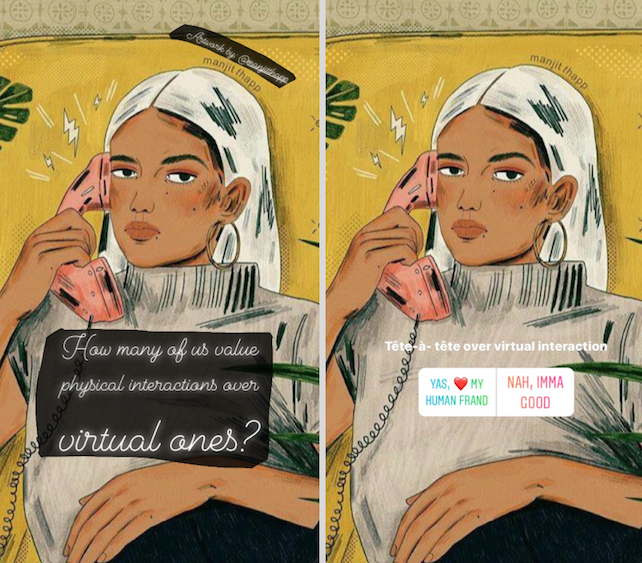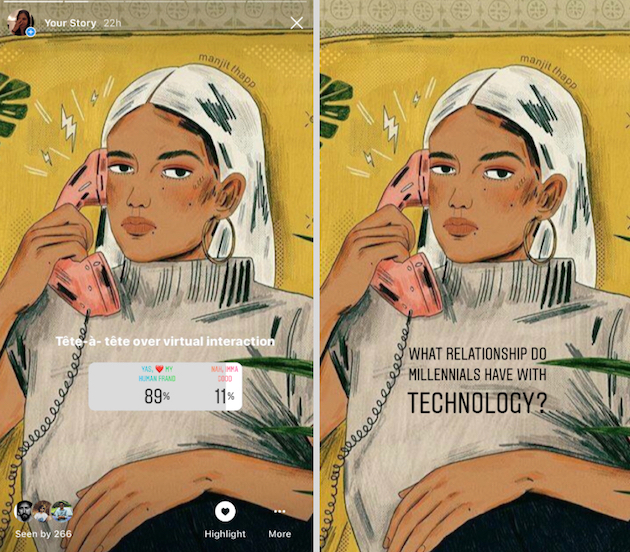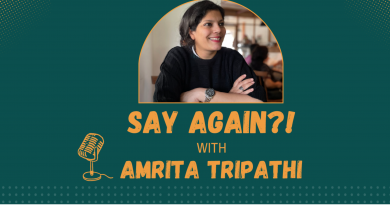Loneliness and Us
By Sukanya Sharma
Britain made headlines earlier this year when the government appointed a Minister of Loneliness, and while India hasn’t made any such move yet, it wouldn’t be surprising if more countries feel the need to follow suit.
Loneliness is a major issue.
In April 2018, the BBC reported that almost 10% of the people aged between 16 to 24 were always or often lonely. A study based on an analysis of 2,000 millennials in Britain “found that the chance of experiencing depression or anxiety among those who reported feeling lonely more than doubled”, The Independent reported earlier this year.
This article in The Indian Express paints a poignant picture for us back home: In 2004, the National Sample Survey Office reported that 4.91 million people in India were living alone and suffered from loneliness.
(Do read the piece for much much more, including a look at the loneliness as people from Tier 2, 3 towns face as they hit the metros; the mental health and depression and anxiety, and challenges in accessing therapy.)
Mumbai-based psychiatrist Dr Avinash Desousa, founder of the Desousa Foundation, tells The Health Collective that in India, as many as 1 in 5 or 1 in 8 youth are estimated to be affected by psychological issues. He feels that there are many reasons — Lifestyle change, relationships, lack of communication, technology… they can all be factors that contribute to poor mental health.
ALSO SEE: ASK THE EXPERTS: BULLYING AND KIDS
“Young adults are constantly getting depressed earlier and earlier, the reason for this is because of the number of rejections they face, ” Dr Desousa tells The Health Collective. “Children who are conditioned to receiving ‘yes’ as an answer are very often upset when they face their first rejection.”
Dr. Desousa adds that lack of communication with parents is also a problem. “Not being able to talk to their parents about everything…Lack of an openness between parents and children, the stress, peer pressure, failure in relationships, smartphones and social media add to depression. Even bullying, smoking, cannabis use, substance use at an early age are some of the multiple factors that foster depression in the youth.”
ALSO READ: ASK THE TEENS: THE INSTA GENERATION
While it may not be helpful to generalise across age groups, there is no dearth of issues facing young India. But is technology a problem, or more part of the solution?
Sharanya, a 28 year old writer from Mumbai tells The Health Collective that technology has been very useful to her. She says, “I have anxiety. Sometimes I think if it wasn’t for my phone and the ease of texting I would just never talk to anyone ever. But I don’t think of it as a replacement for IRL (in real life) conversation completely. It helps me initiate conversation more, it makes reaching out easier in a way that makes real conversations a lot easier. Obviously the underlying reason is that it’s harder to deal with someone rejecting your text message than it would be to be real with people. But if you actually do struggle with social situations, technology is a gift.”
A couple of years ago, David Brooks in The New York Times wrote that “the Internet provided a day of happy touch points”. People use internet increasingly to take their mind off things that may be troubling them … both as a distraction and a medium to deal with their loneliness.
Another writer and comedian Surbhi Bagga feels that it’s a pity social media has replaced face-to-face interactions, to a large extent. “I personally think social media tends to create a false sense of attachment and closeness – you think you know someone based on their tweets, but really you don’t know jack… or Jack, your classmate from college,” she tells The Health Collective.
Worryingly, she points out, “So many millennials do not have a support group, or friends to really open up with. And what really saddens me is the internet trend that has made calling on the phone suddenly ‘not cool’ – and texting as the only respectable way of communicating feelings?! We are so used to communication filtered through a keyboard and a screen, our attention span to hold a real-life conversation is going down like the Titanic.”
What are we missing out on?
Dr. Desousa says that while many millennials prefer to meet online, and are more concerned with Facebook likes than with actual handshakes and hugs, it is important we reach a fine balance between human contact and technology.
I did a poll on my Instagram page, and while it’s statistically too small a control group, I think the anecdotal results were telling. Out of the 50 people who replied to my poll, six preferred virtual to physical interactions. Which is to say, the rest of us might just be waiting for someone to reach out with a human touch.


For those of us who struggle to make the effort, there’s an elegant solution in the form of Costa Coffee UK’s Chatter and Natter program (though it is a branded initiative). The idea is that anyone who walks into the cafe can look for a table that has the chatter and natter sign, and either strike up a conversation with a stranger sitting at the table with said sign, or wait for someone to strike up a conversation with them.
After all, a simple ‘hello’ can open up so much… starting with a much-needed interaction.
We’re here, and we’re listening. Share your stories with us @healthcollectif or via email/ comments
Disclaimer: Views Expressed are Personal. The Health Collective cannot substitute for expert advice from a trained professional. For a contact list we are building out, do check here
Feature Image Credit: Photo by Louis Blythe on Unsplash




Pingback: Anger and Us: Are You Over-Worked, Stressed and Lashing Out? – The Health Collective
Pingback: Urban Life: Is Homesickness Making You Sick?